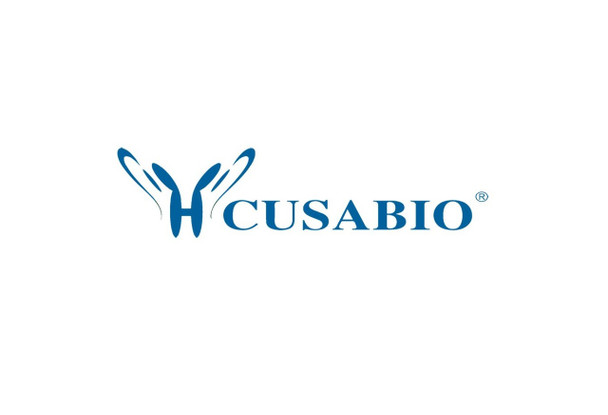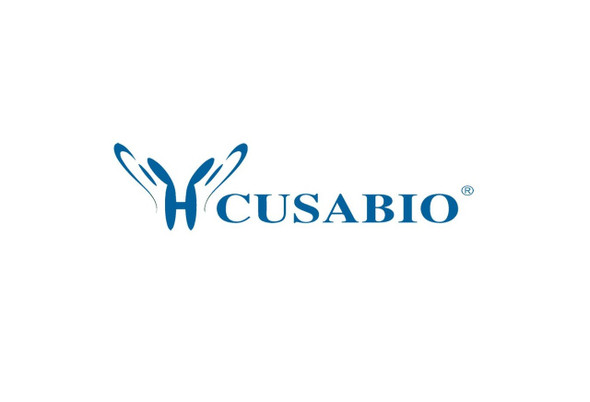Cusabio Human Recombinants
Recombinant Human Neuronal acetylcholine receptor subunit alpha-3 (CHRNA3), partial | CSB-BP005389HU1
- SKU:
- CSB-BP005389HU1
- Availability:
- 28 - 38 Working Days
Description
Recombinant Human Neuronal acetylcholine receptor subunit alpha-3 (CHRNA3), partial | CSB-BP005389HU1 | Cusabio
Alternative Name(s): ACHA3_HUMAN; AChR; Cholinergic receptor neuronal nicotinic alpha polypeptide 3; Cholinergic receptor nicotinic alpha 3; Cholinergic receptor nicotinic alpha polypeptide 3; CHRNA 3; CHRNA3; LNCR2; MGC104879; NACHRA 3; NACHRA3; Neuronal acetylcholine receptor protein alpha 3 chain precursor; Neuronal acetylcholine receptor subunit alpha 3; Neuronal acetylcholine receptor subunit alpha-3; Neuronal nicotinic acetylcholine receptor alpha 3 subunit; PAOD2
Gene Names: CHRNA3
Research Areas: Others
Organism: Homo sapiens (Human)
AA Sequence: SEAEHRLFERLFEDYNEIIRPVANVSDPVIIHFEVSMSQLVKVDEVNQIMETNLWLKQIWNDYKLKWNPSDYGGAEFMRVPAQKIWKPDIVLYNNAVGDFQVDDKTKALLKYTGEVTWIPPAIFKSSCKIDVTYFPFDYQNCTMKFGSWSYDKAKIDLVLIGSSMNLKDYWESGEWAIIKAPGYKHDIKYNCCEEIYPDITYSLYIRRL
Source: Baculovirus
Tag Info: C-terminal 10xHis-tagged
Expression Region: 32-240aa
Sequence Info: Extracellular Domain
MW: 26.6 kDa
Purity: Greater than 85% as determined by SDS-PAGE.
Relevance: Bordetella pertussis is the causative agent of whooping cough. An essential step in the disease process is the attachment of the bacteria to the ciliated epithelium of the respiratory tract, enabling the organism to resist normal host-clearance mechanisms. It is unclear which bacterial cell surface component are responsible for adherence but the fimbriae of B.pertussis are prime candidates for being involved in this process.
Reference: "Structure of the Bordetella pertussis gene coding for the serotype 3 fimbrial subunit." Mooi F.R., Ter Avest A., van der Heide H.G.J. FEMS Microbiol. Lett. 54:327-331(1990)
Storage: The shelf life is related to many factors, storage state, buffer ingredients, storage temperature and the stability of the protein itself. Generally, the shelf life of liquid form is 6 months at -20?/-80?. The shelf life of lyophilized form is 12 months at -20?/-80?.
Notes: Repeated freezing and thawing is not recommended. Store working aliquots at 4? for up to one week.
Function: After binding acetylcholine, the AChR responds by an extensive change in conformation that affects all subunits and leads to opening of an ion-conducting channel across the plasma membrane.
Involvement in disease:
Subcellular Location: Cell junction, synapse, postsynaptic cell membrane, Multi-pass membrane protein, Cell membrane, Multi-pass membrane protein
Protein Families: Ligand-gated ion channel (TC 1.A.9) family, Acetylcholine receptor (TC 1.A.9.1) subfamily, Alpha-3/CHRNA3 sub-subfamily
Tissue Specificity:
Paythway:
Form: Liquid or Lyophilized powder
Buffer: If the delivery form is liquid, the default storage buffer is Tris/PBS-based buffer, 5%-50% glycerol. If the delivery form is lyophilized powder, the buffer before lyophilization is Tris/PBS-based buffer, 6% Trehalose, pH 8.0.
Reconstitution: We recommend that this vial be briefly centrifuged prior to opening to bring the contents to the bottom. Please reconstitute protein in deionized sterile water to a concentration of 0.1-1.0 mg/mL.We recommend to add 5-50% of glycerol (final concentration) and aliquot for long-term storage at -20?/-80?. Our default final concentration of glycerol is 50%. Customers could use it as reference.
Uniprot ID: P32297
HGNC Database Link: HGNC
UniGene Database Link: UniGene
KEGG Database Link: KEGG
STRING Database Link: STRING
OMIM Database Link: OMIM









